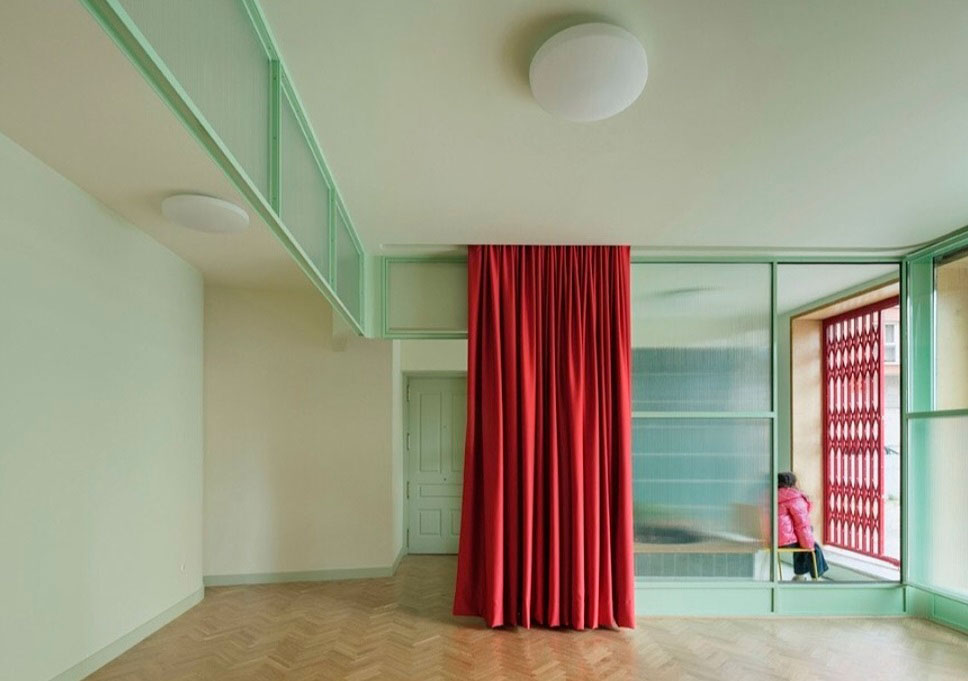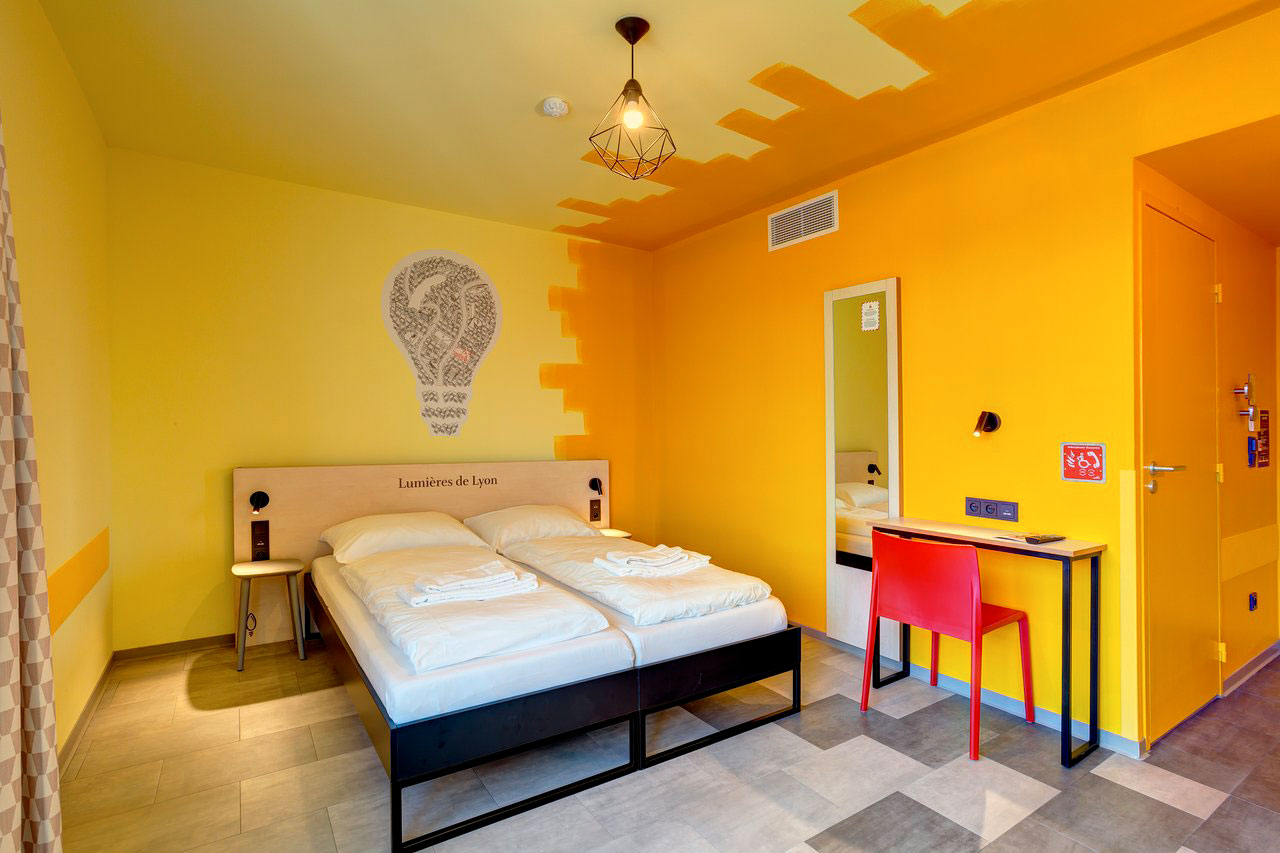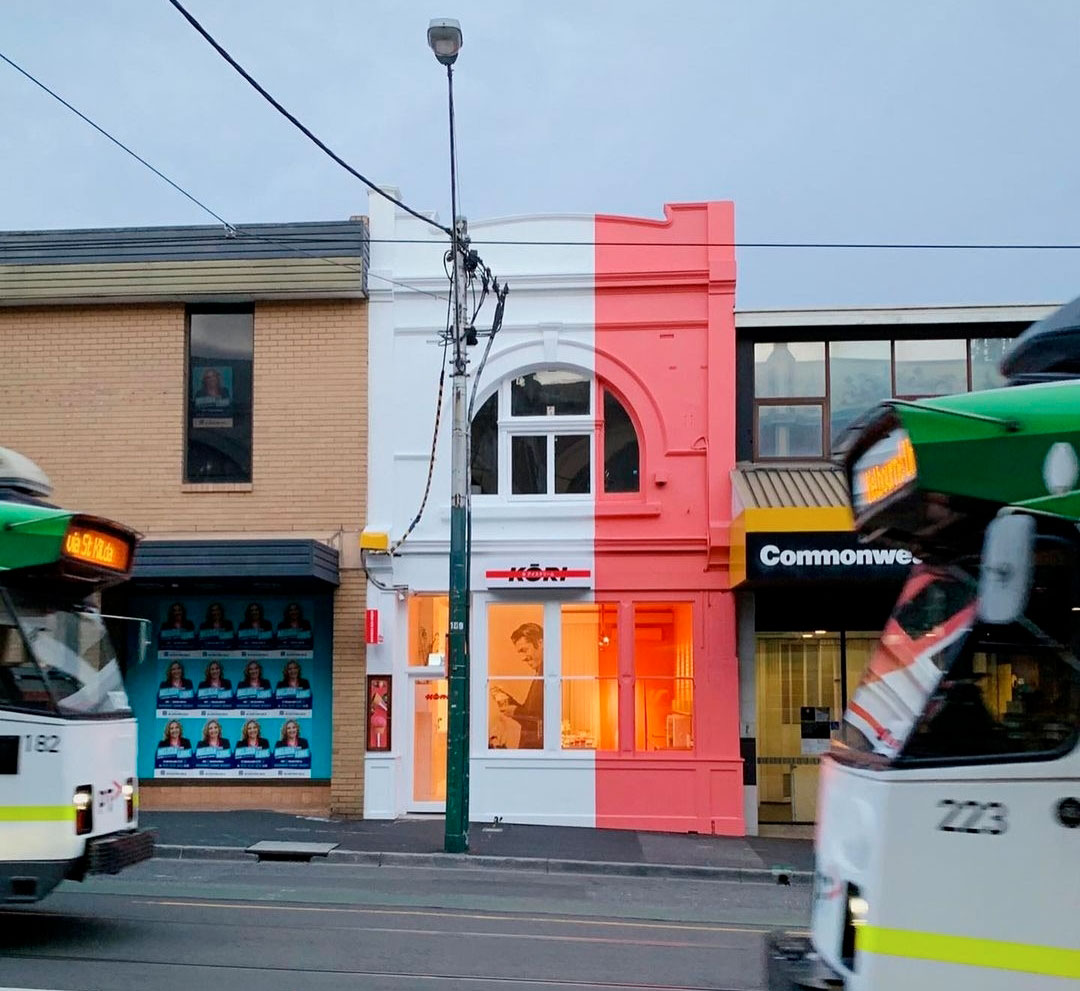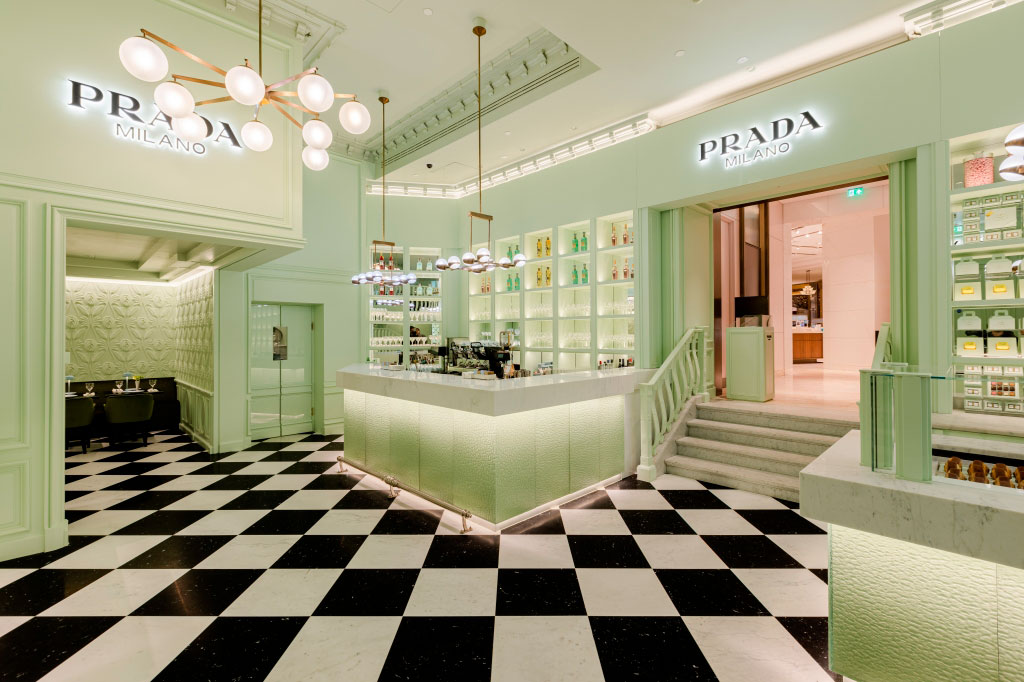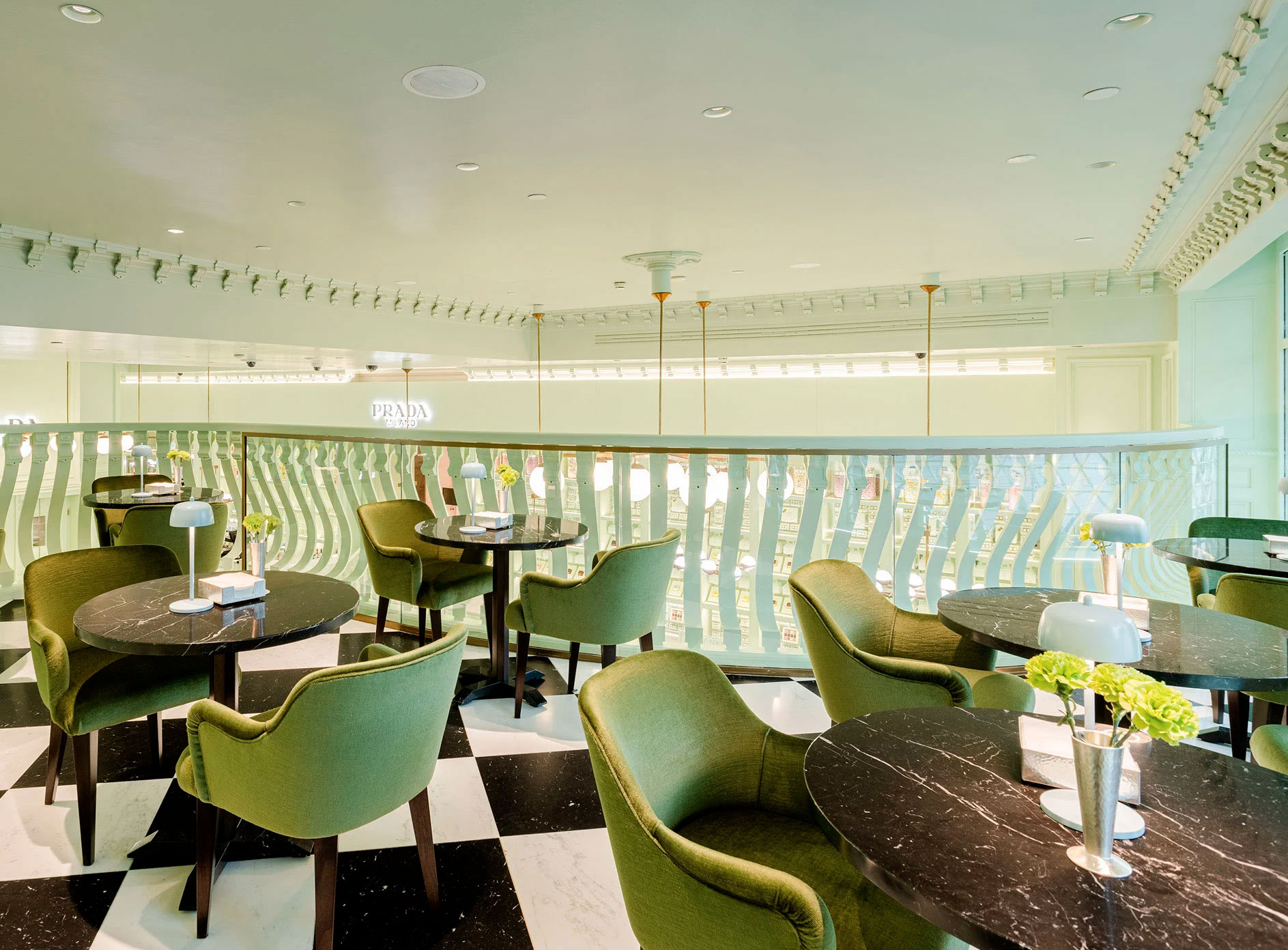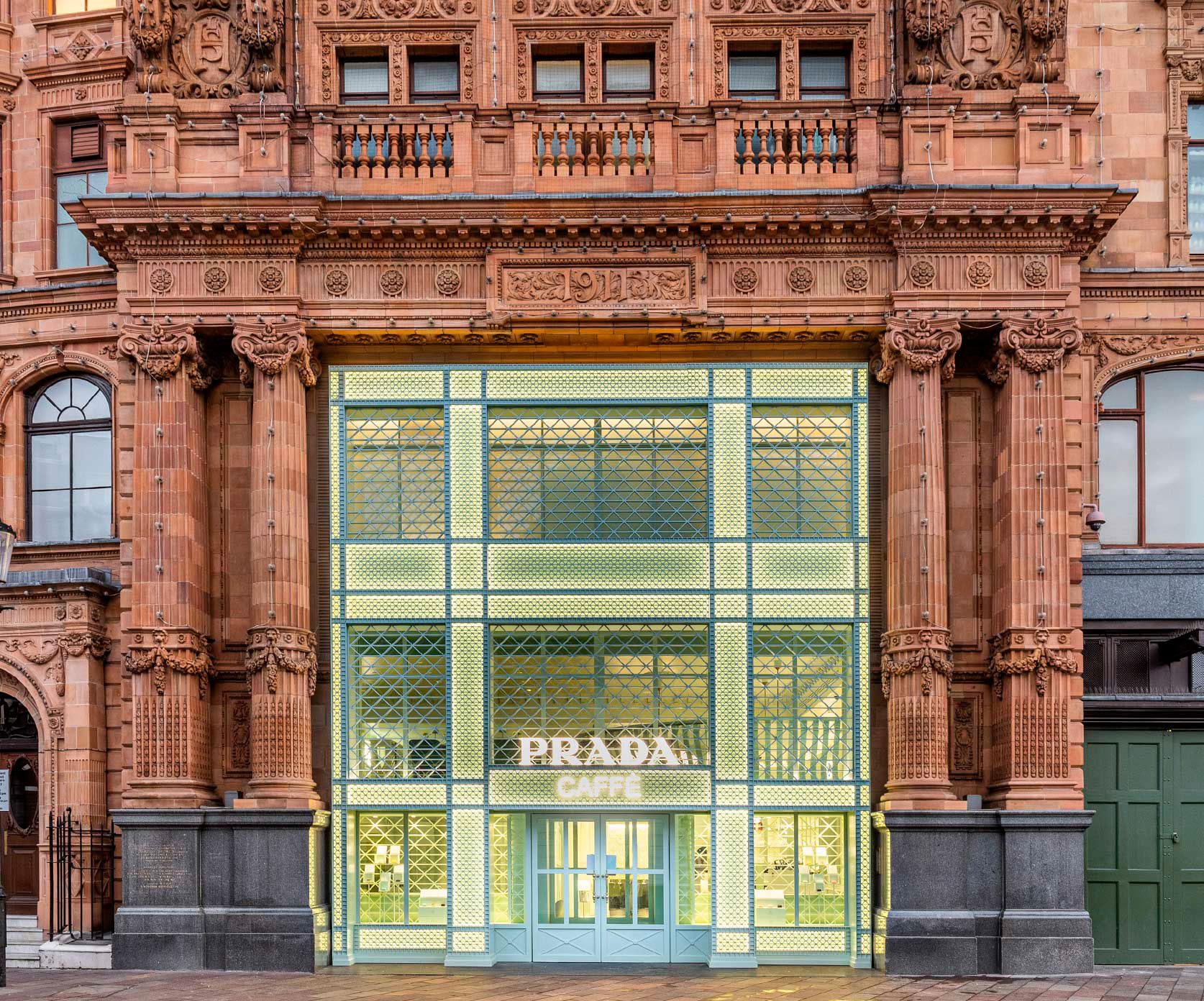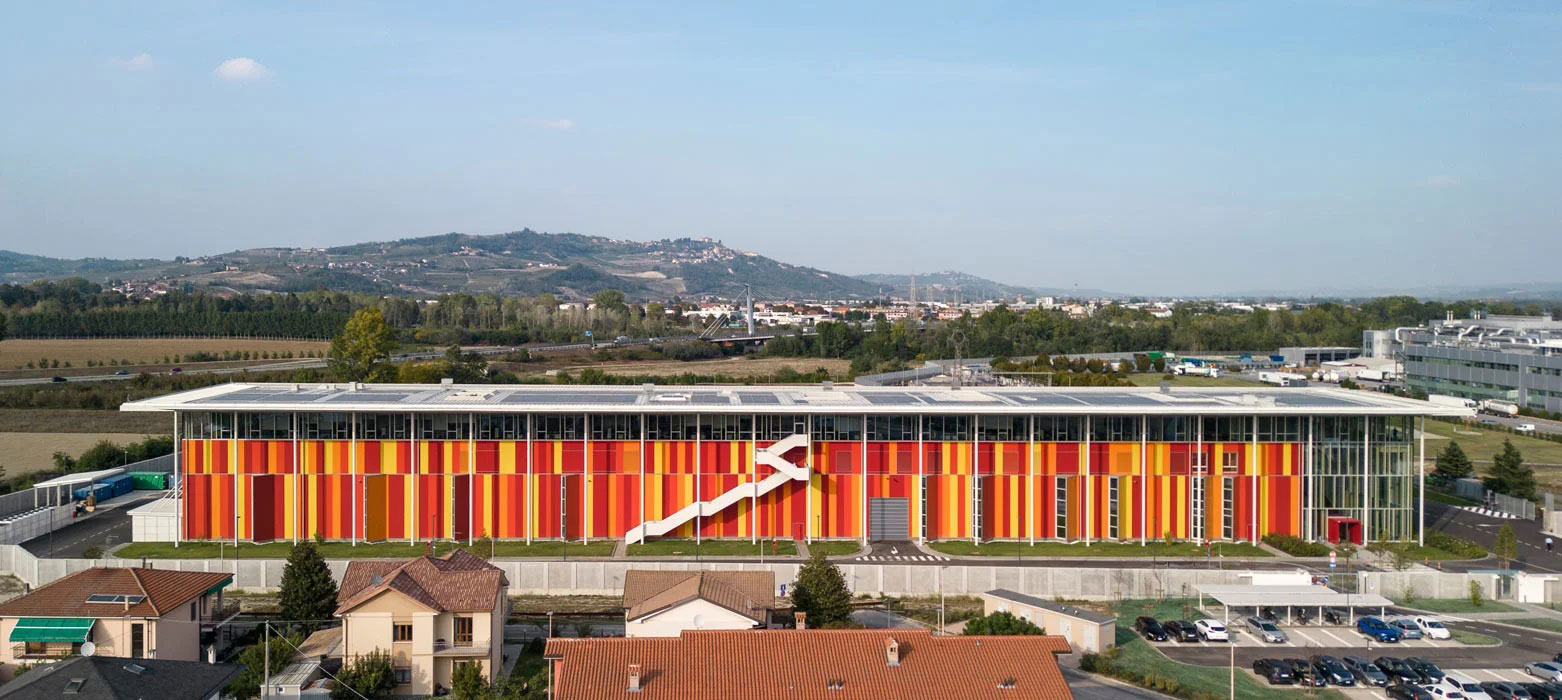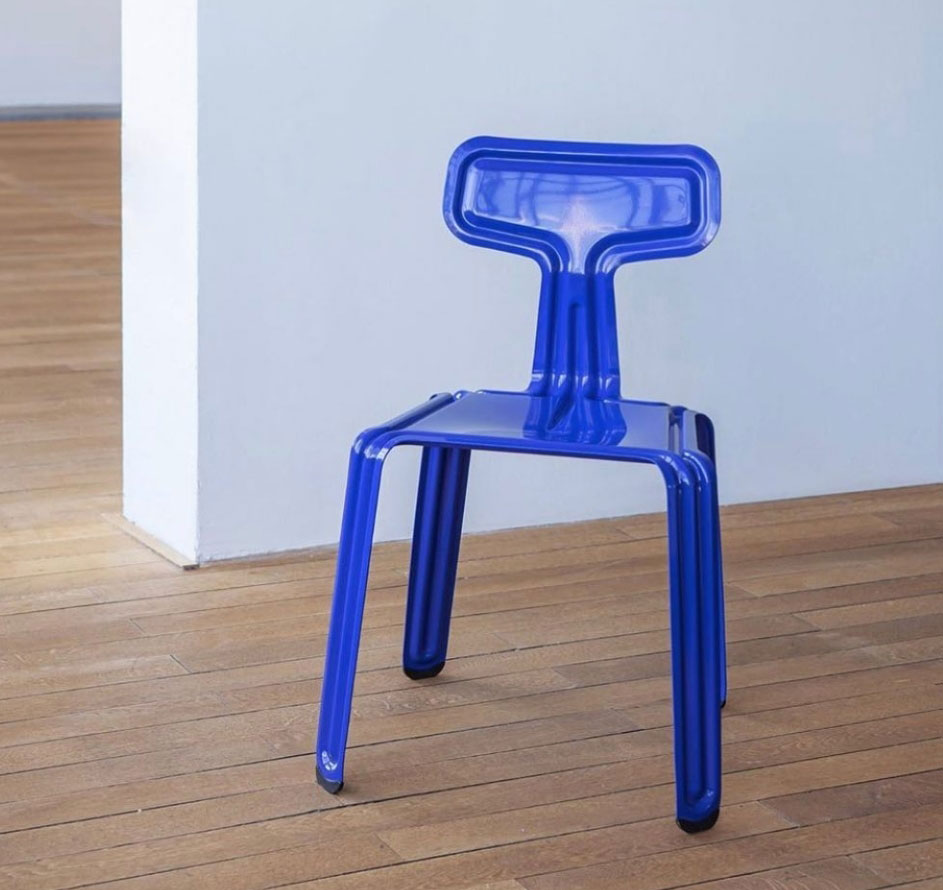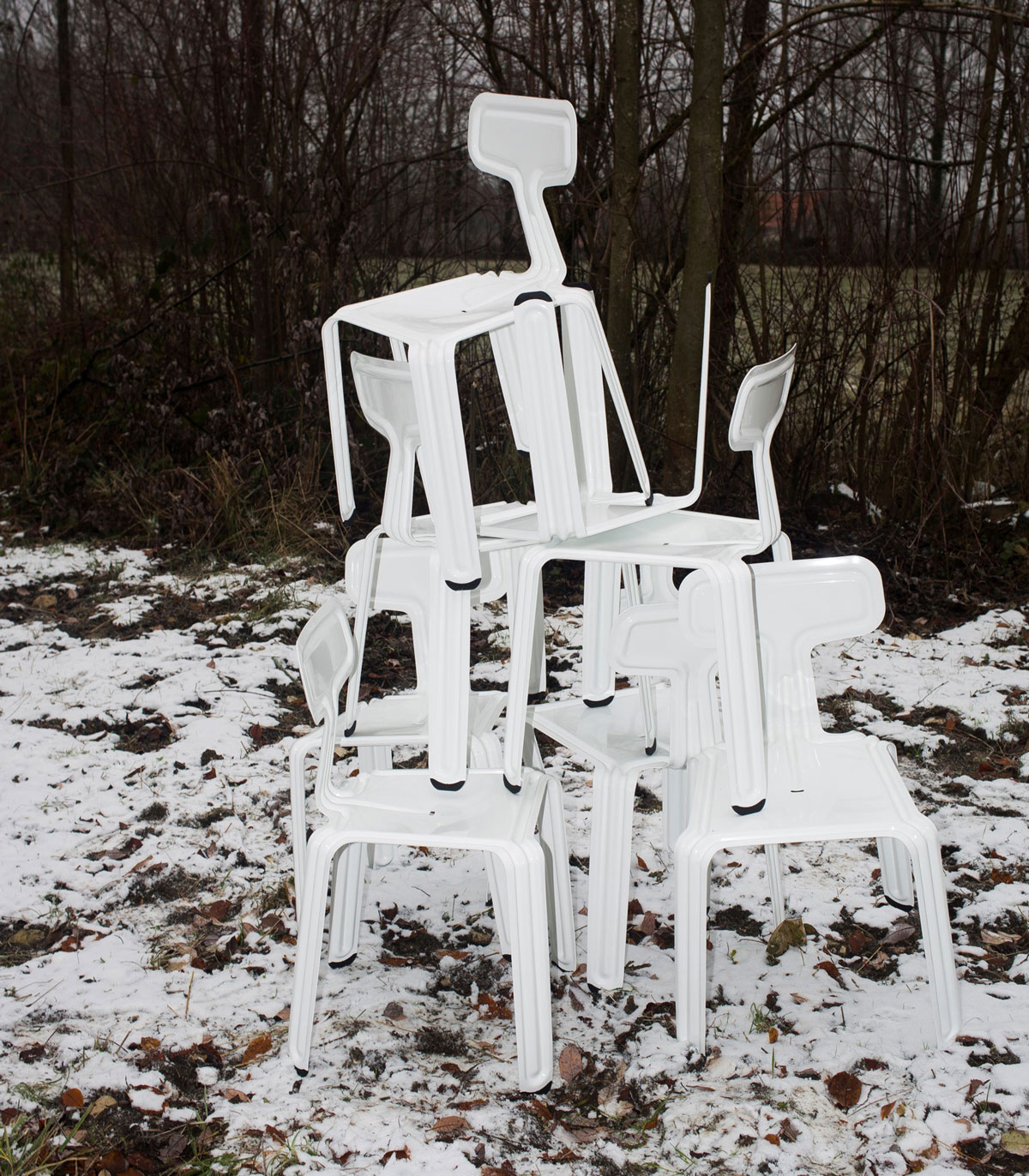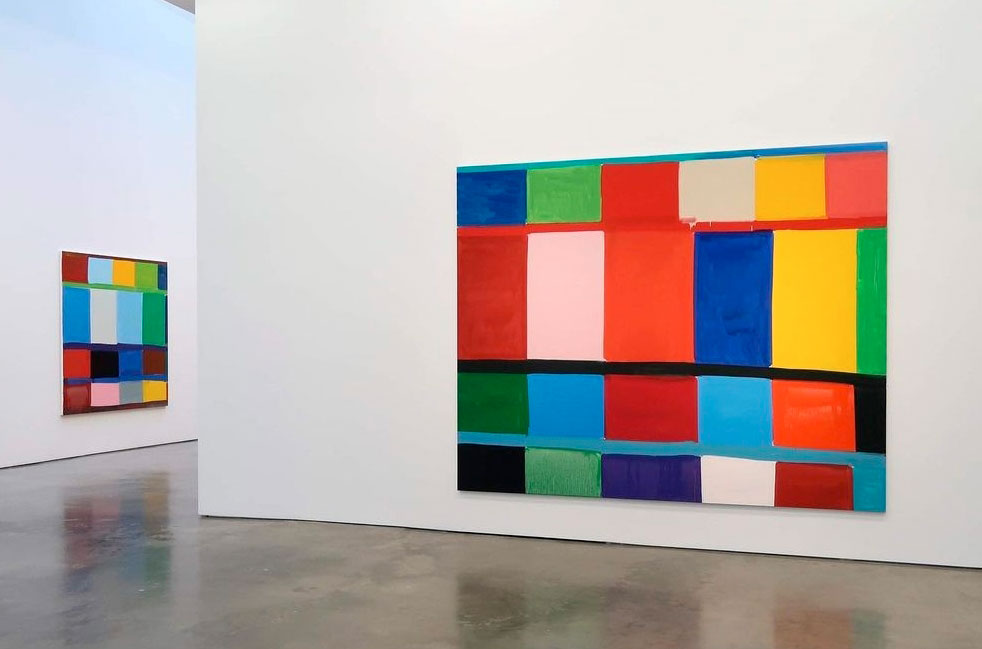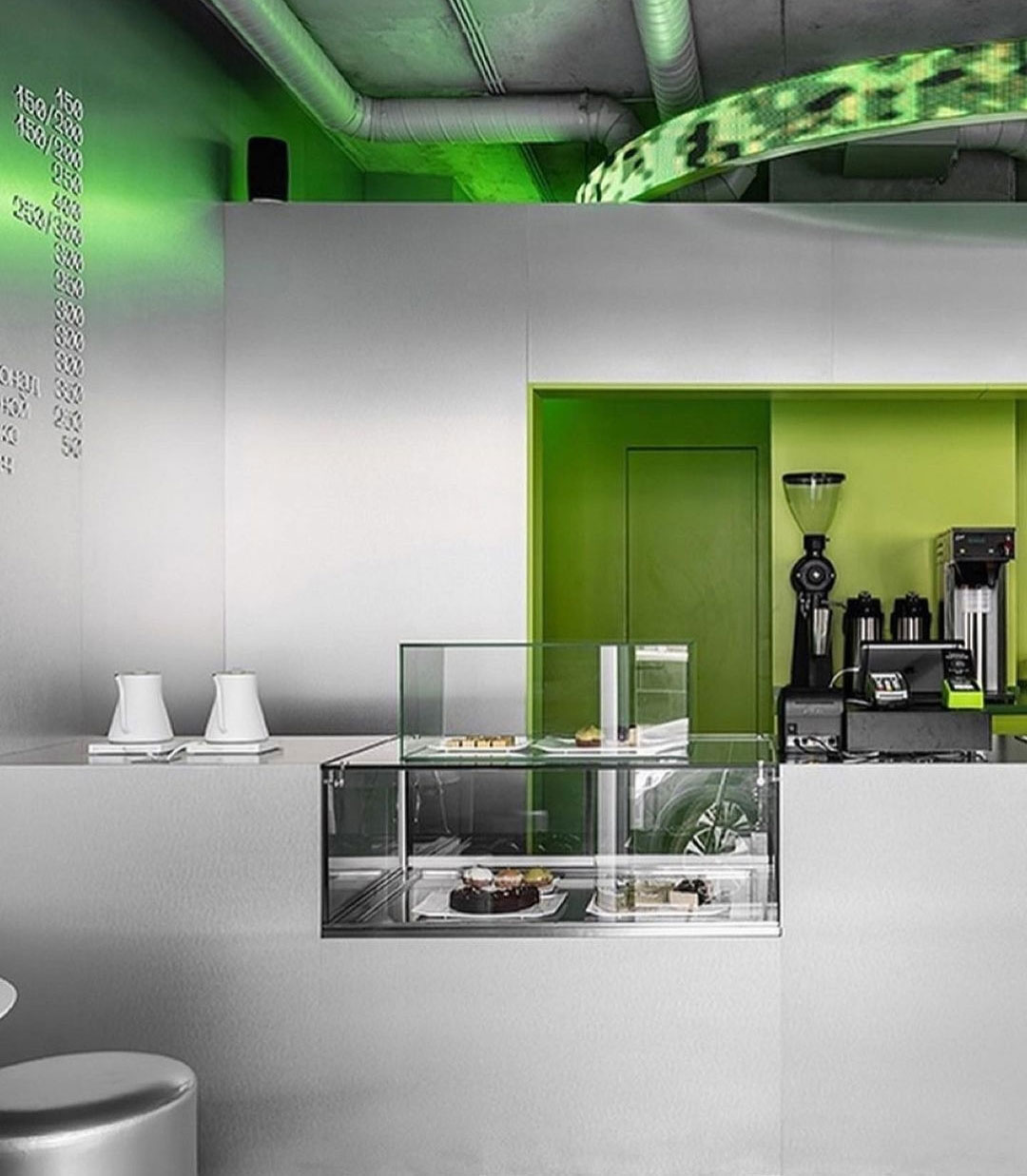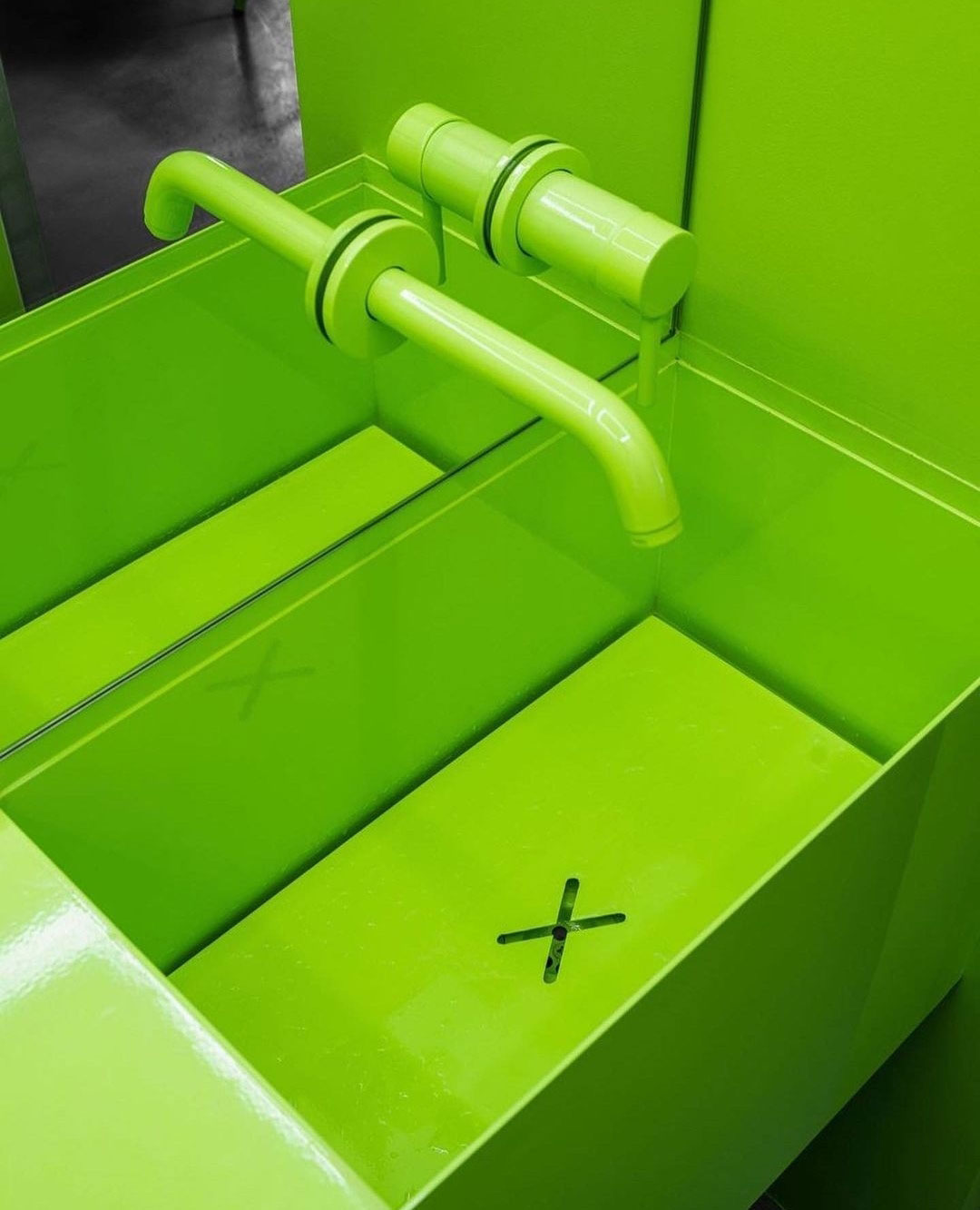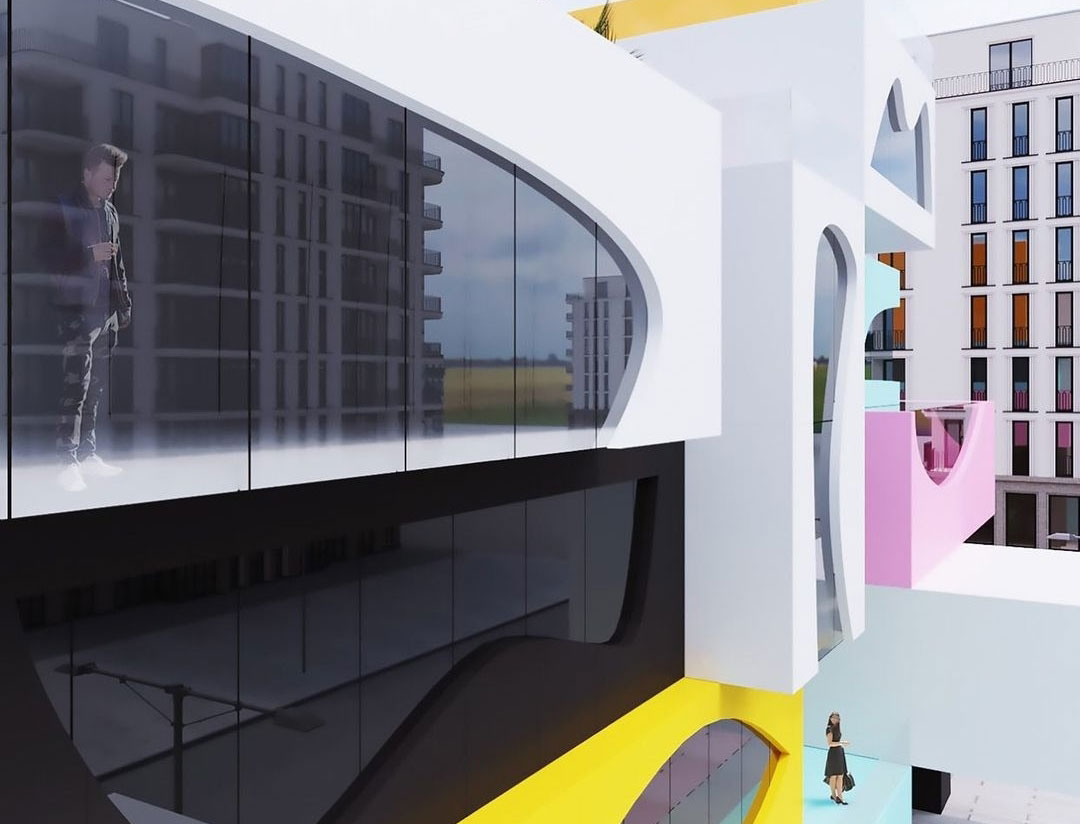UN NEGOZIO DA ABITARE
INTERIOR | AZAB
Questo prototipo di casa a Bilbao dello studio Azab cerca di trasformare gli spazi commerciali inutilizzati al piano terra in alloggi sociali. Un approccio decisamente insolito, eppure capace di generare una nuova idea di spazio domestico, soprattutto in senso tipologico.
Ampi volumi, inondati dalla luce naturale che penetra dalle vetrine, suggeriscono un linguaggio decorativo del tutto nuovo.
In questo spazio rarefatto occorreva delineare una forte unità visiva, a partire dal colore dell’involucro: pareti e soffitto sono verde pallido. I progettisti individuano poi pochi elementi destinati alla caratterizzazione formale di quel paesaggio, come la cucina arancione, fondamentale per creare la “sensazione di casa”, i tendaggi in velluto rosso e le piastrelle verde scuro, in un gioco audace di contrasti tra tinte opponenti.
«L’ornamento, il colore e la trama sono essenziali per noi nella costruzione del comfort», spiegano gli architetti, Cristina e Miguel.
A store to live in – This prototype house in Bilbao by Azab studio seeks to transform unused commercial spaces on the ground floor into social housing. A decidedly unusual approach, yet capable of generating a new idea of domestic space, especially in the typological sense.
Large volumes, flooded with natural light that enters from the windows, suggest a completely new decorative language.
In this rarefied space it was necessary to outline a strong visual unity, starting from the color of the casing: the walls and ceiling are pale green. The designers then identified a few elements intended for the formal characterization of that landscape, such as the orange kitchen, essential for creating the “feeling of home”, the red velvet curtains and the dark green tiles, in a bold play of contrasts between opposing colours.
«Ornament, color and texture are essential for us in the construction of comfort», explain the architects, Cristina and Miguel.

